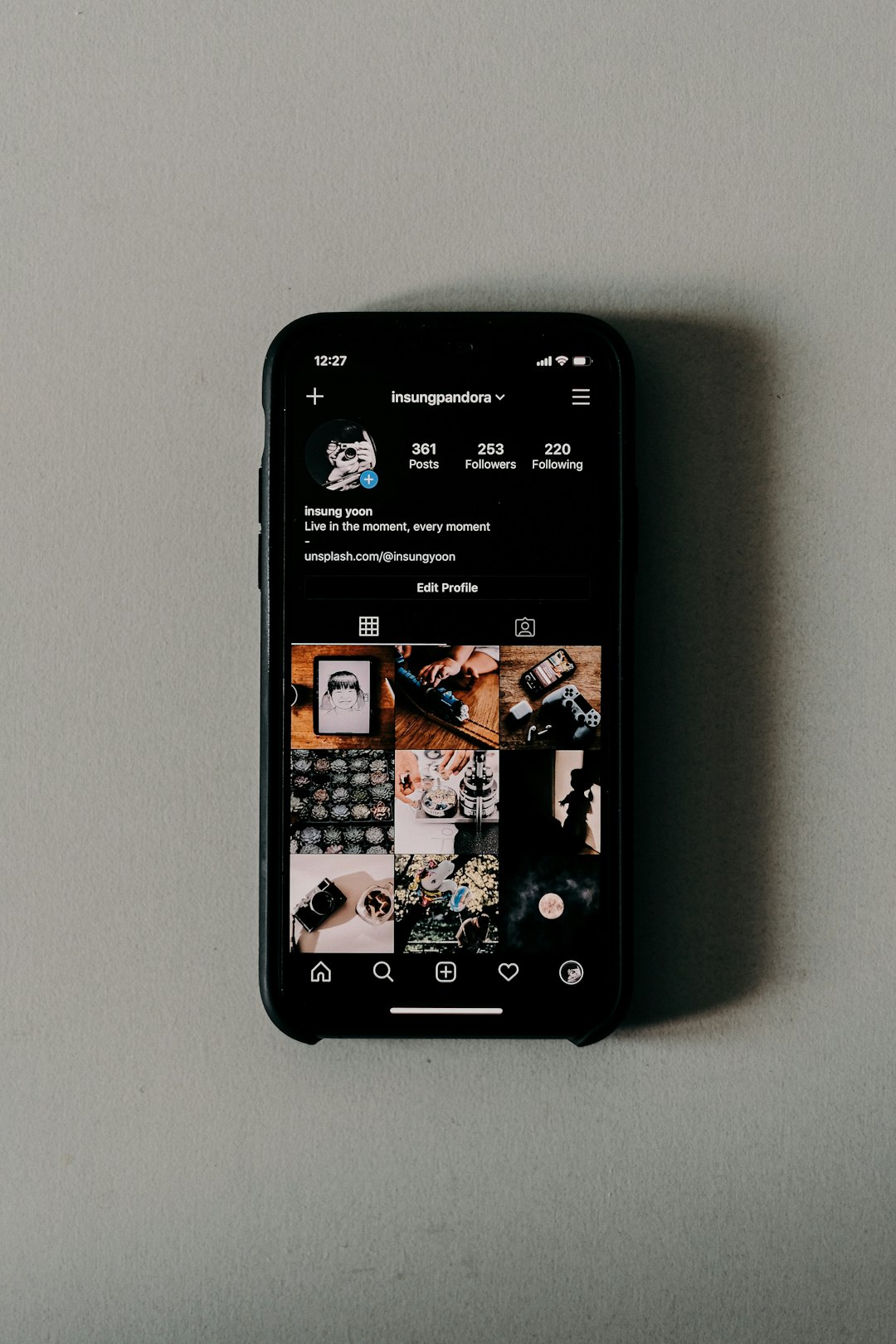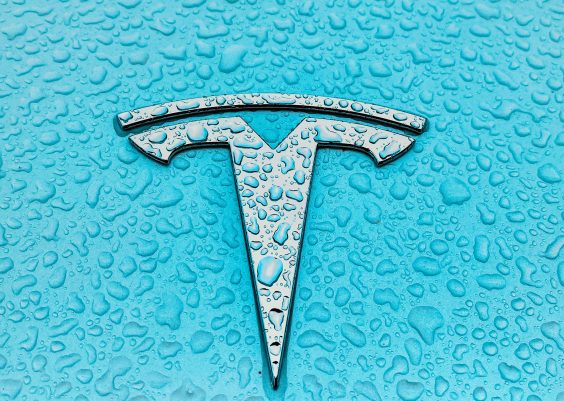As social media continues to evolve, the value of likes, comments, and followers has become both a personal and professional benchmark for success across various platforms. Among these, Instagram remains one of the most influential. When evaluating whether 200 likes is a lot on Instagram, it’s crucial to consider a variety of factors including account size, engagement rate, content type, and platform trends.
Contents
Understanding Instagram Engagement
Instagram engagement is typically calculated as the sum of likes and comments divided by the number of followers, then multiplied by 100 to express it as a percentage. This metric gives a more holistic view of how your content resonates with your audience.
For example, if someone with 1,000 followers receives 200 likes on a post, that’s a 20% engagement rate—an incredibly strong figure in social media metrics. In contrast, an account with 100,000 followers garnering 200 likes would stand at a 0.2% engagement rate, which would be considered quite low.
Factors That Influence Whether 200 Likes Is “A Lot”
Several variables affect whether 200 likes is seen as impressive or underwhelming. Here’s a closer look:
- Follower Count: This is the biggest variable. The more followers you have, the more likes you’re typically expected to receive.
- Content Quality: Engaging visuals, thought-provoking captions, and relevant hashtags can all affect like count.
- Account Type: Personal accounts, business profiles, and influencer pages all have different standards of what counts as “a lot.”
- Time of Posting: Posting during peak activity times can significantly increase engagement.
- Audience Engagement: A highly engaged following might generate more likes, regardless of follower number.

200 Likes for Small vs. Large Accounts
For small accounts—say, those with under 1,000 followers—getting 200 likes is an excellent achievement. It likely means the post has resonated well with followers and perhaps even received some external visibility through hashtags or shares. In this context, 200 likes represents a high engagement rate and can be an indicator of quality and relevance.
However, for medium to large accounts with tens of thousands of followers, 200 likes per post may be considered underwhelming. These accounts usually aim for a 2% to 5% engagement rate to be deemed healthy. So for a profile with 20,000 followers, 200 likes would equate to only a 1% rate—below average by industry standards.
Perspective in the Era of Algorithmic Feeds
Instagram’s algorithm significantly impacts who sees what content. Posts with more early engagement are more likely to be pushed to wider audiences. Thus, for many users, achieving 200 likes is indicative not just of personal popularity but strong algorithmic performance. This is particularly valuable for creators and brands looking to expand their reach.
Additionally, Instagram now places more emphasis on video content, like Reels, which may attract more engagement than static images, altering what is considered a “lot” of likes.
When 200 Likes Really Matters
There are circumstances when 200 likes carry significant weight, even for larger accounts:
- Target Audience Validation: Getting high engagement from a specific demographic or community can be more valuable than raw numbers.
- Niche Markets: In more specialized fields—like academic outreach, local business, or professional networking—200 likes could be an impressive indicator of active community interest.
- Campaign Metrics: For brand deals and marketing campaigns, consistent engagement like 200 likes per post can be crucial for demonstrating ROI.

Conclusion: Context Is Everything
So, is 200 likes a lot on Instagram? The most honest answer is: it depends. For personal or emerging accounts, it’s often a sign of real traction and audience connection. For well-established influencers or brands, it may be below expectations unless justified by other factors like niche content or recent account inactivity.
Ultimately, likes should be looked at within the broader scope of engagement, growth, and content goals. While numbers can offer insight into performance, the most important measure of success is whether your content is achieving its intended purpose—be it connection, education, or inspiration.
In the ever-evolving social media landscape, context and authenticity will always matter more than raw metrics.




